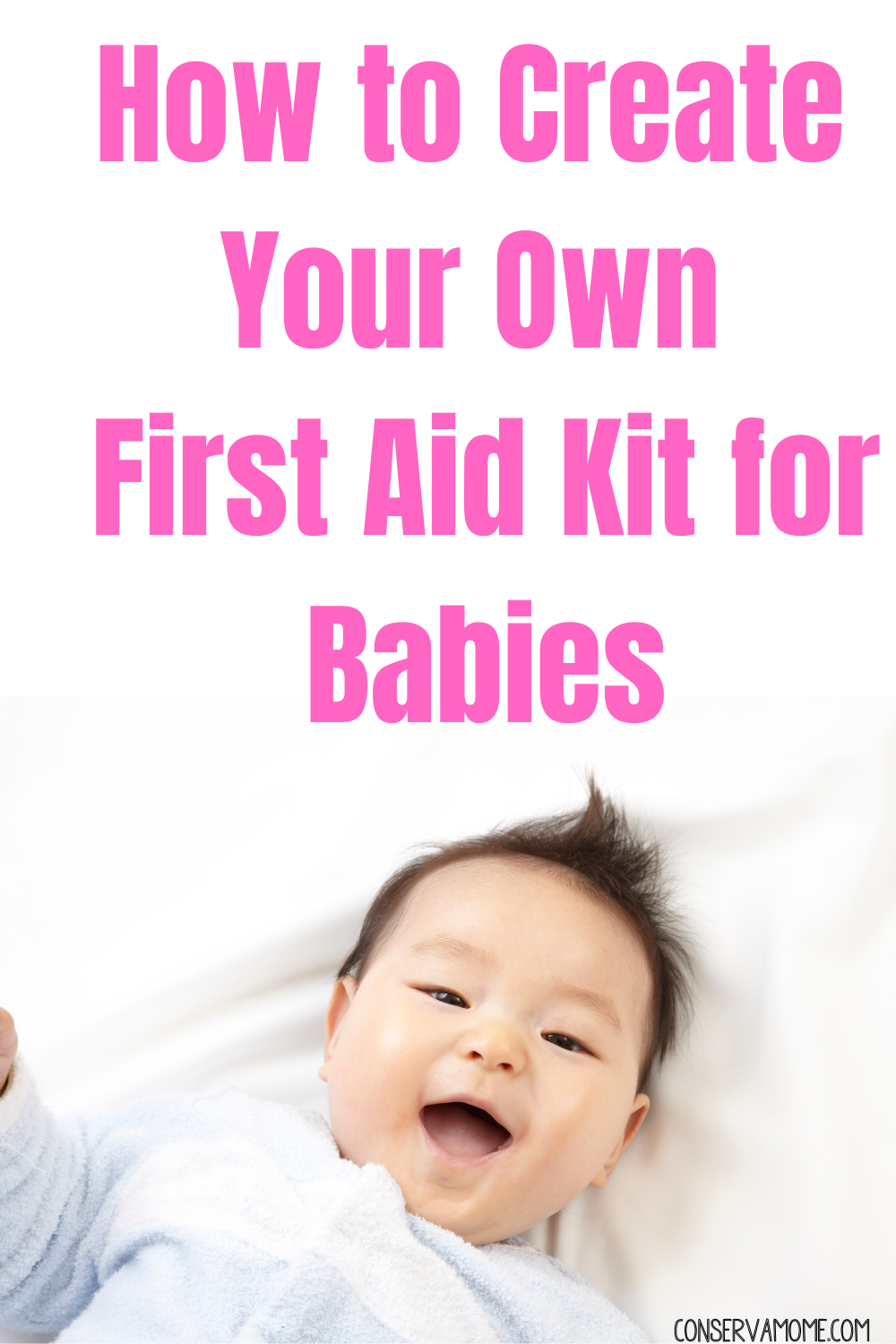Keeping baby safe is a priority for parents. Check out one easy way to do so. Here are tips on how to create your own first aid kit for babies.
How to Create Your Own First Aid Kit for Babies
For parents, especially first-timers, seeing your baby get hurt sets off all sorts of alarm bells in your head. Even if you’re sleep-deprived, you’ll be able to muster the strength to panic and rush off to the hospital. Although it’s admirable to display such zeal in taking care of your baby, you may want to calm down and effectively administer first aid to your child. Here’s what you’re going to need when taking care of your baby at home when they’re feeling a little under the weather:
1. Thermometer
When you suspect your baby might be getting down with a fever, your first reaction would be to check their temperature. It can be a challenge to get their temperature, especially when they’re not feeling well so non-contact smart thermometers are a great option. A thermometer that can give quick accurate reads will make your life easier.
2. Acetaminophen for Infant
When your baby’s cries sound like a cry of pain due to an illness or fever, giving them acetaminophen for some relief might be the best course. But before you stock your first aid kit with this medication, consult with your child’s pediatrician. They’ll be able to advise you of the right amount of dosage, as it varies with the child’s age and other conditions. The child’s weight is also a factor in giving them a safe dosage up to two or three years of age.
3. Oral Diphenhydramine
Generally, medications that contain an antihistamine called, diphenhydramine, are not suitable for infants below two years of age. The U.S. Food and Drug Administration (FDA) warns the public that cold or cough medicine that has this ingredient could prove fatal to very young children as it could lead to convulsions and elevated heart rate. There are, however, products made for children and with proper guidance from your pediatrician (and in small doses) could prove useful as part of your first aid kit.
4. Medicine Dropper
Although many children’s medicine already includes their own medicine dropper, it’s always better to have a spare. It’s also useful if you want to make sure you’re administering the right dosage.
5. Dressing For Wounds or Cuts
Babies can scratch themselves with their nails or if they get hold of something and hurt themselves with it. Make sure your kit has an ample supply of soft bandages, cotton balls, and other wound dressings. This includes small blunt scissors and nail clippers. A kiss would help make them feel better but proper sanitation is more important.
6. Alcohol and Sanitizing Wipes
Before you use your tools like scissors, nail clippers, or even the medicine dropper, you have to make sure that they’re clean and sanitized. Your kit would have been stored away on a corner for weeks on end, and it’s always to lean on the side of caution and sanitize your tools before you use them.
7. Saline Drops and Nasal Aspirators
Sometimes your children would cry because they’re having a hard time breathing because of some blockage in their sinuses. Since they don’t know yet how to blow their nose or spit out mucus, it’s your job to help them clear their sinuses. Many parents have found nasal aspirators and saline drops to be very useful since it’s fairly easy for babies to catch a cold and it can be very bothersome for them.
There are still others that you may want to add to this list but this pretty much covers the common situations you’ll encounter with your infant child. Also, even if you haven’t used some of the items in your kit, it’s always advisable to update them every six months.


Leave A Reply!